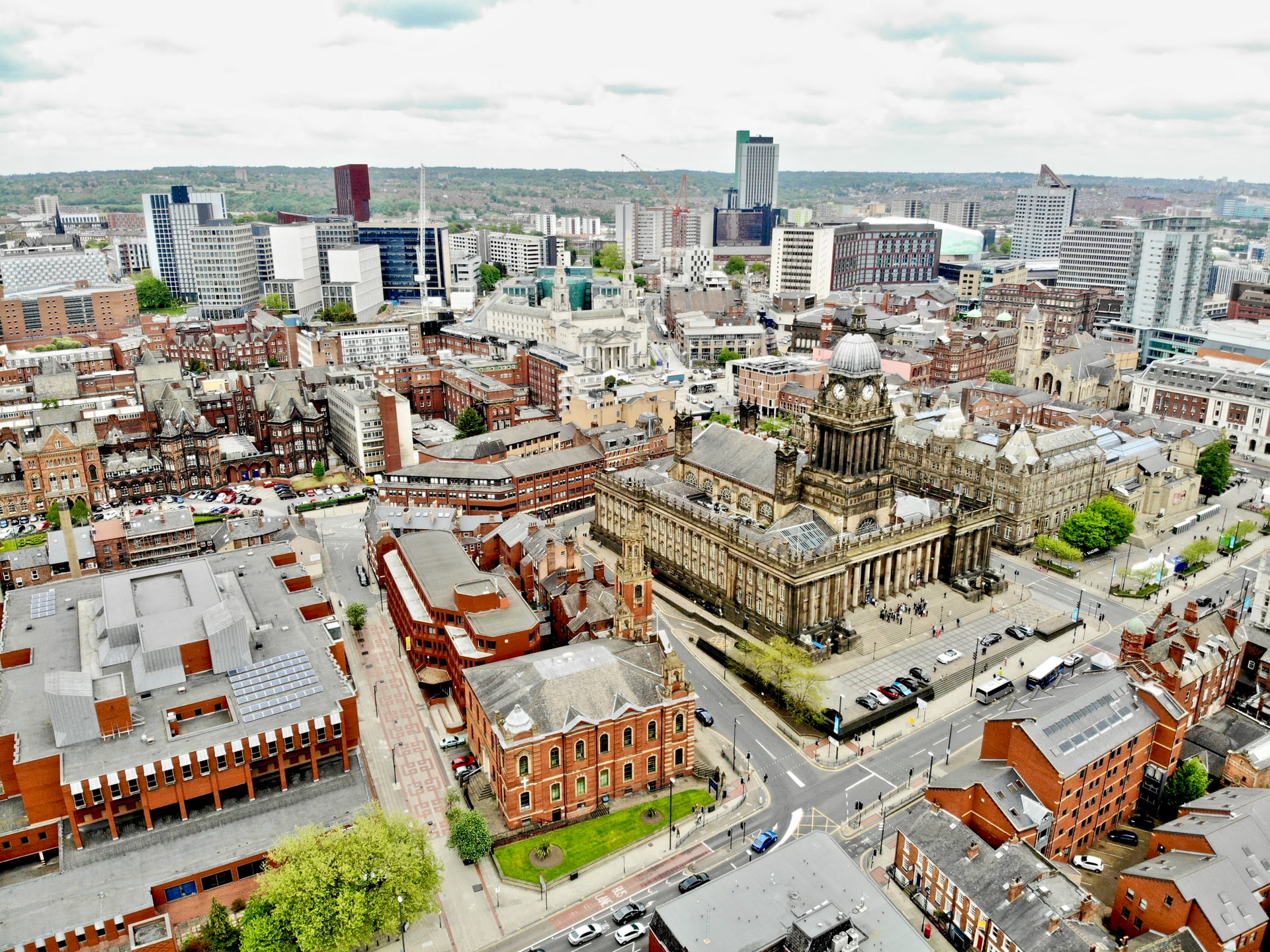Within the current rapidly urbanizing environment, the importance of natural light is more significant than ever. For Right To Light Alperton , grasping the complexities of Right to Light is essential not only for the success of their projects but also for fostering positive relations with the local residents. This legal concept ensures that current properties get adequate sunlight, and neglect to consider it can result in costly disputes and project delays. As such, Right to Light surveys have turned into an essential tool in the planning and development process, helping to maneuver through the often intricate web of legal issues.
In this article, we will examine the different dimensions of Right to Light surveys, including their importance in property development, the historical legal frameworks surrounding this right, and how these surveys can safeguard both developers and neighboring properties. From the details of assessing light impacts to understanding the legal remedies available for infringements, we aim to provide a comprehensive guide on maximizing natural light while reducing conflict. Whether you are contemplating a new build or an extension, being equipped with the right knowledge about Right to Light can greatly enhance your project's achievement and sustainability.
Comprehending Right to Light
Right to light is a juridical principle that grants property owners to receive a specific amount of natural light through designated openings, such as fenestrations. In many jurisdictions, especially in the UK, this right can be established through long-standing use and is protected under property law. The concept is designed to ensure that constructions do not significantly obstruct light to neighboring properties, thereby preserving their value and livability.
The value of right to light cannot be ignored, especially in city areas where buildings are in nearby to one another. Developers must navigate not only the spatial constraints of their projects but also the law-related factors associated with their neighbors' rights. Failure to honor these rights can lead to conflicts, regulatory obstacles, and even legal action if the affected parties believe their light rights are being violated.
As property development continues to escalate, grasping the nuances of right to light becomes essential for all stakeholders involved. Investors, architects, and developers need to recognize how right to light affects development approvals, design decisions, and project timelines. By acknowledging these elements, they can effectively reduce risks, enhance project outcomes, and foster harmonious relationships with neighboring properties.
Jurisdictional Consequences and Compliance
Maneuvering the intricacies of light rights lawfulness is essential for property developers. https://columnowl0.bravejournal.net/steering-clear-of-light-access-concerns-tips-for-developers to legal standards in this domain is regulated by a combination of laws and judicial precedents, with roots in real estate rights that trace back to the Act of Prescription of 1832. Comprehending these legacy facets aids developers to appreciate the value of light rights and the potential for infringing on neighbors' right to light during planning and construction. Ignoring these legal aspects can lead in costly disputes or even injunctions, stopping development projects unexpectedly.
It is vital for developers to be aware of the distinct legal implications that arise when a right to light is obstructed. If a neighbor can prove that their ability to natural light is greatly hindered by a new development, they may request legal solutions. This could include negotiations for compensation, or, in more serious cases, obtaining an injunction to stop the development completely. Developers must ensure that they are not only in compliance with local planning regulations but also respectful of light rights as defined by existing laws.
To eliminate legal disputes, conducting a light rights survey early in the planning process can be extremely beneficial. Such a survey provides insight on how a proposed development may impact neighboring properties and highlights any potential legal issues that need to be resolved. Working with professionals in light rights assessments ensures that you are protected, informed, and ready to address any objections from neighbors, thereby minimizing the risk of interruptions to your project timeline. Go Here to law not only safeguards your development but also fosters good relationships with the surrounding community.
Useful Factors for Developers
When involved in real estate development, comprehending the implications of Light Rights is essential. Developers should focus on conducting a Light Rights assessment early in the preparation process to identify potential concerns that could arise from neighboring properties. Through addressing these matters early on, they can create layouts that limit light encroachment disputes and foster better connections with adjacent property owners.
Additionally, it is essential to stay updated on Building Research Establishment guidelines and ensure adherence with all legal obligations regarding Right to Light. Following these standards can boost the likelihood of obtaining planning permission and ease the development process. Seeking advice with legal experts and Right to Light consultants can provide valuable information, allowing them to manage any complications efficiently.

Ultimately, builders must recognize that Right to Light concerns extend past mere compliance; they have major effects for the project's total outcome. Participating in proactive discussions with the community can alleviate disputes and foster goodwill. Grasping and honoring Right to Light not only protect the interests of property owners but also those of the local residents, culminating in more harmonious urban projects.
